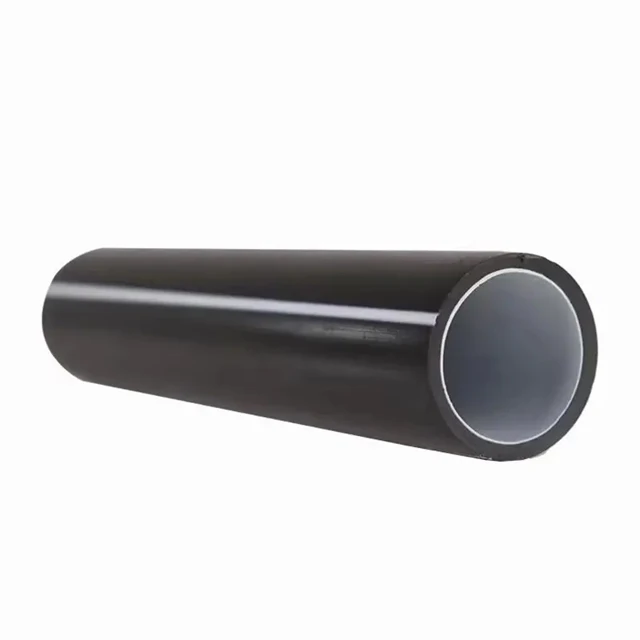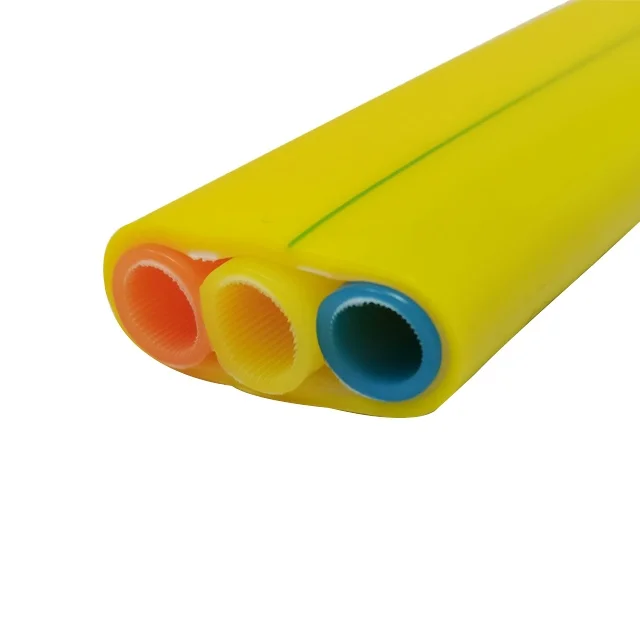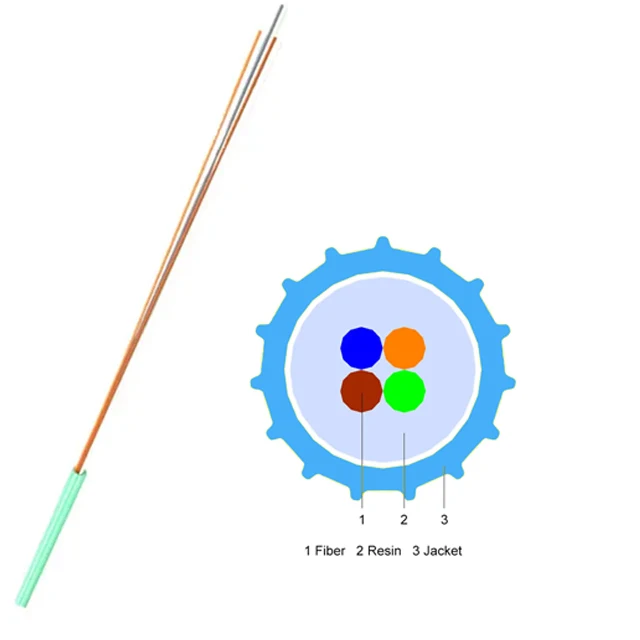The telecommunications networks are aching for upgrading their infrastructure to meet the demands of increasing data usage and high-speed internet. Digging into pavement during peak work hours is a tough sell and one solution to circumvent this has been the implementation of microducts for fiber-optic deployment. This has the potential to be a game-changer in fiber optics installations-the microducts: small, flexible plastic conduits that mitigate cable drag and run faster. Keep reading to learn more about the many benefits of microducts and how they can change fiber optic installation for good.
The most obvious advantage microducts provide is their smaller diameter. Microducts, on the other hand are much more compact making them easier to install than typical conduit systems. This means that fiber optic cables can enter places where space is tight or limited, such as narrow corners and sharp bends. In addition, microducts are even more resistant to external forces (e.g. pressure from excavator machinery or soil movements) and since they cannot be crushed that easily there is less risk of damaging them.
In addition, microducts provide plenty of space to deploy fiber optic cables. Because they are small microducts several may be run in a common location, substantially easing the way for us to have many more fiber optic cables than would otherwise fit in restricted areas. This ability makes it possible to keep up with the extensive bandwidth demands needed for sure-fire quick Internet services.
Apart from their size and the capacity that they can offer, microducts are also known for being durable and long-lasting. Built to be durable, weather-resistant and unharmful from constant exposure to UV rays, the micro ducts can handle a myriad of elements over an extended period. However, this robustness means the network can maintain continued service without needing frequent repair or replacement interventions.

Although microducts offer many benefits proper installation plays a key role in ensuring its utility. When installing microducts, you need to follow and remember the following;
1) Planning: It is important to plan the entire installation in details prior starting, i.e. location, how many of microducts channels and any special challenge like obstacle or environment situation;
Use of Right Tools: Equipment like blowers, rollers and duct cutters are essential while installing microducts as improper installation may lead to failure.
Choosing the Best Cables: The selection of proper fiber optic cables is a critical aspect which determines if microduct system will perform at its best or not. Selection should be based on factors such as bandwidth, transmission distances and how long the cable will last.
Specificity in Microduct Location: Place microducts without introducing too much curb, bend or contact between the cables and damage them. That means avoiding too many sharp bends (and even some tight turns), and providing enough support for the microducts.

There are a complex range of factors to consider when choosing between microducts and traditional conduit systems for fibre optic installation. Key Differences Between the Two
Unlike traditional conduit systems, microducts are sized to be relatively small which allows for them to reach into confined or complex locations []
Capacity: Microducts can hold multiple cables of data cf on an equal length with a traditional conduit system.
Miniaturisation: Microducts are more flexible than traditional duct arrangements and allow easier installation around obstacles.
Ease of maintenance: The construction materials make microducts more durable than traditional conduit systems.
Obviously, the decision on whether to use microducts or a traditional conduit system depends heavily upon what you are aiming to achieve and your project requirements. However, microduct systems also vary by how the individual ducts are manufactured and installed on a reel.

The emergence of 5G technology has leaded to an increased demand for data transmission capacity and speed. Accordingly, microducts also played more and more important roles in 5G fiber optic cabling deployment. Microducts allow telecommunication networks to keep pace with the increasing need for bandwidth by providing a fast high-capacity data transmission conduit without compromising efficiency and performance.
In short, microduct technology is one of the main develop- ments for fiber optic installation that provides significant improvements in capacity, flexibility and robustness. Ensuring installation is done correctly and solutions are tailored according to the requirements of each unique project, helps telecommunication networks maintain an optimal level of performance while keeping up with modern data transmission technology.
With over 20 years of expertise in the production of conduits for communication equipment, our designers have gained deep technical insights and a vast production background. Our 5,000 square meters manufacturing facility is equipped with the latest production equipment and an audio inspection system. We strictly follow worldwide standards to microduct and reliable quality of the product.
The conduits we provide for our communication equipment are built from high-quality recyclables that are crafted with exceptional craftsmanship. These conduits are made of microduct which are designed and built with exemplary workmanship. We have the wide range of products that are available in the variety of specifications. They are made to suit certain requirements of your.
Pre-sales service, sales services, and microduct are all available. Our technical staff produces advice on design, technical consulting and installation advice. Additionally, our sound after-sales service system guarantees quick response and prompt possibilities for your needs.
We are focused on innovation in technology and science. We increase our R and D investment and build long-term relationships with universities as well as studies institutes of science. We are continuously microduct and technologies that meet with the changing market needs.


Copyright © Qitian Communication Industry Ningxia Co., Ltd All Rights Reserved - Privacy Policy